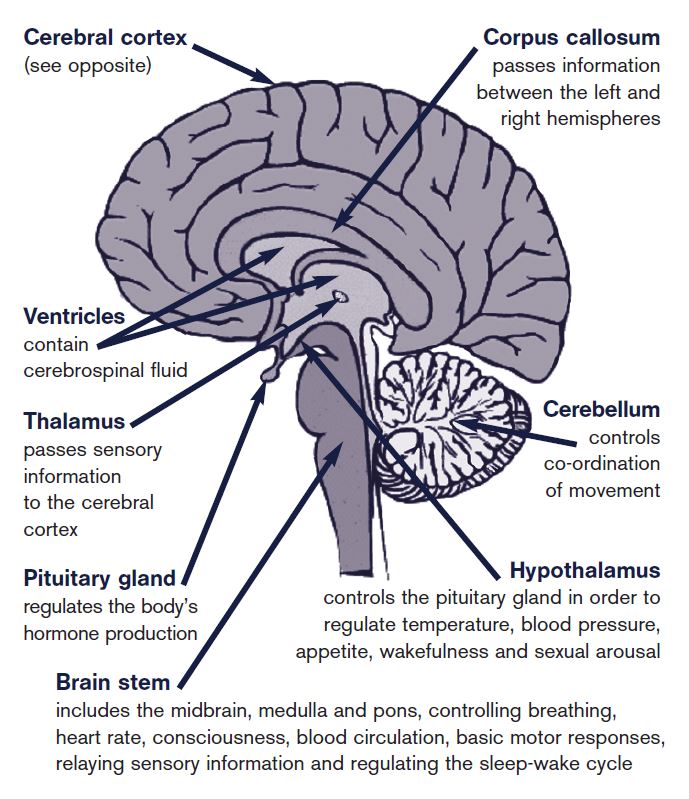


Neuroimaging studies in healthy individuals and those with brain diseases have revealed a relationship between personality traits and specific brain regions. It is of interest to caregivers, clinicians and researchers involved in the lives of patients with dementia because some types of neural degeneration and injury can lead to profound changes in personality. Researchers generally agree that though personality does undergo gradual and mild developmental fluctuations after this point, it remains fairly consistent throughout the remainder of one’s life.

While temperament is biologically-based and is present before birth, rudimentary elements of personality begin to appear around the age of two and are very malleable and subject to dramatic shifts until they stabilize in early adulthood. The main traits of personality are a continuum of behavior along five dimensions: There are different theoretical approaches to defining personality, but the predominant trait theory suggests that personality is the characteristic pattern of thoughts, feelings and behaviors habitually enacted by an individual. While people use the term personality to mean many different things, it has been very precisely defined over decades of modern psychometric research.


 0 kommentar(er)
0 kommentar(er)
